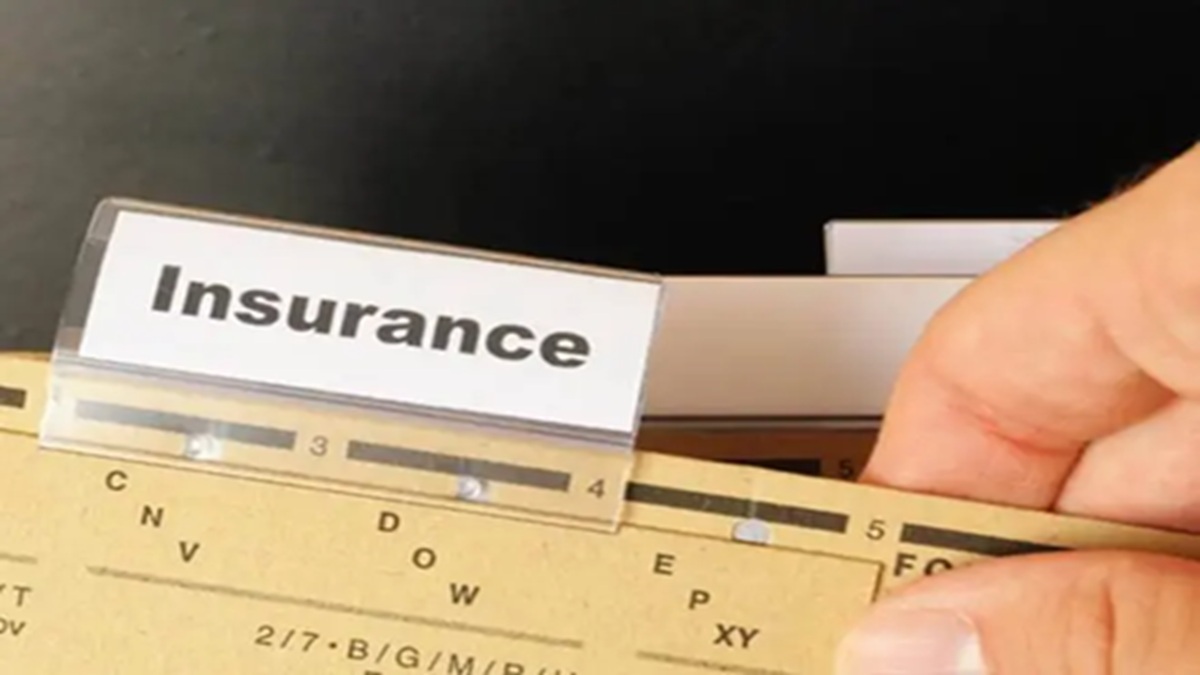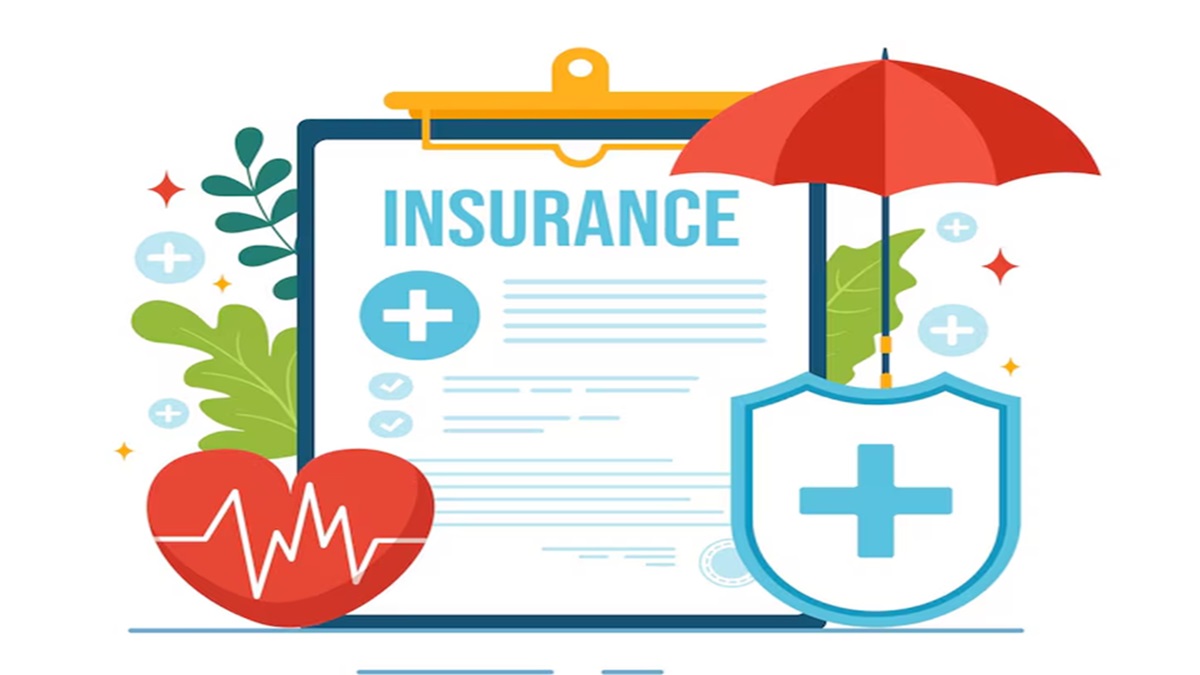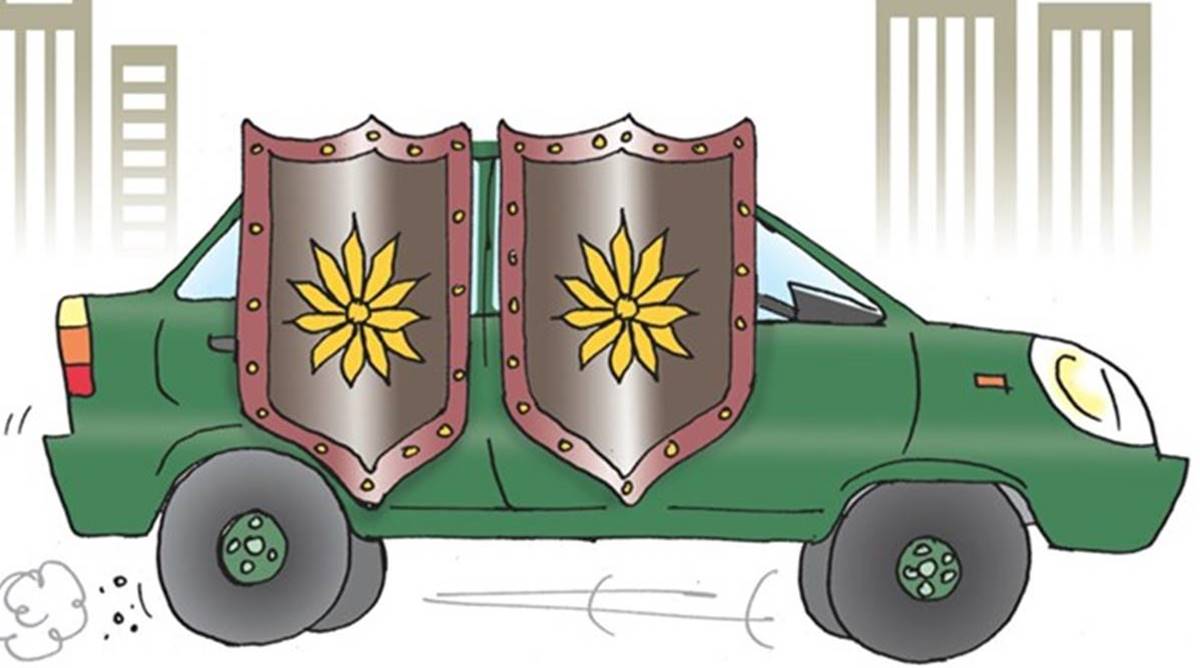
A steep cut in the goods and services tax (GST) on health and life insurance, to 5%, may actually end up making policies costlier instead of cheaper, as insurers would lose the benefit of input tax credit (ITC) and be forced to pass on the burden to policyholders, industry executives warn.
As part of a broader overhaul of the GST framework, the government is reportedly considering a sharp reduction in tax on insurance premiums. Currently, health and life insurance premiums attract 18% GST, but insurers can claim ITC on costs such as IT services, rent, and administrative expenses, which helps offset the tax collected from customers.
“If the entire health insurance premium is exempt, then there is no output GST at all. The inputs—various services that attract GST at 18%—can no longer be set off and will sit in the P&L as an added cost,” said a senior official of a private general insurer.
ALSO READInsurance premium seems expensive? Smart ways to reduce expenses without losing cover
How is GST designed?
The Goods and Services Tax (GST) is designed to avoid “tax on tax” by allowing businesses to claim credit for the GST they pay on inputs (called input tax credit, or ITC). For example, if an insurer pays GST on office rent, IT services, or other administrative expenses, it can set off that tax against the GST it collects from customers on insurance premiums.
Industry leaders caution that without ITC, expenses subject to 18% GST—like office rentals and technology costs—would become stranded costs. If premiums are taxed at 5% or made exempt, the mismatch between input and output GST would erode margins and ultimately push up policy premiums, defeating the purpose of a tax cut.
ALSO READGovt considering lower GST on LIC premium? Here’s what Finance Ministry says
Impact on standalone health insurers
“If input costs go up by 18%, companies will have no choice but to pass it on to customers. It’s a genuine cost, and that will push up the price of the product,” says a senior executive of a standalone health insurer. The proposed GST cut may adversely affect standalone health insurers such as Star Health and Niva Bupa, as they have only one line of business. In contrast, multi-line insurers can still offset input costs against other segments like motor or fire insurance.
Instead, insurers suggest a moderate rate reduction—say to 12%—while retaining ITC, which could balance affordability, insurer sustainability, and government revenue objectives.
In July, a Group of Ministers (GoM) on insurance had recommended removing GST on term life policies and health insurance for senior citizens. The final decision rests with the GST Council, which must consider revenue implications, industry feedback, and consumer impact before rolling out reforms by October.
“Another issue is that GST is shared between the Centre and states. If the rate on premiums is cut to 5% while inputs continue to attract 18%, insurers may accumulate input credits they cannot fully utilise,” the general insurance executive said, adding that although there is no time bar on carrying these forward, the credits cannot be encashed, creating a cash flow challenge.






